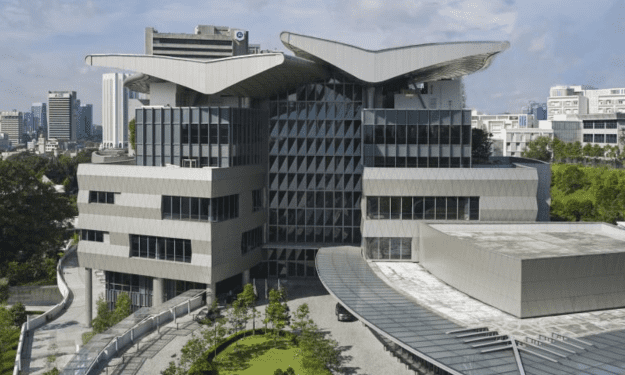This research explores the global dynamics of innovation performance in four economically important and patent-rich high technology sectors over a 43-year period, from 1975-2017. The analysis is grounded by sector and cluster life cycle theory and it describes the changes in clusters’ innovation performance and explores the varying influence of two important underlying factors: spatial agglomeration and global inter-cluster knowledge networks. The research incorporates two mature sectors, pharmaceuticals and semiconductors, and two sectors which emerged and grew rapidly during the study period: information technology and solar photovoltaics. The empirical results show that global knowledge network linkages are positively associated with cluster innovation performance in all sectors, while cluster size often has a negative effect. The results also show that emerging sectors first experience spatial diffusion, increasing the number of clusters globally. During the high-growth phase, growth takes place primarily in existing clusters. After the high-growth phase the density of the knowledge network continues to increase. There are three main implications for businesses and policy makers. First, knowledge network connectedness is a key factor driving cluster innovation performance, rather than agglomeration. Second, establishing a presence in, or building-up a cluster relatively early, lays the foundations for future growth. Third, global cluster hierarchies are dynamic, suggesting that spatial path-dependence can erode over long time periods, even in mature sectors, in step with global shifts in economic activity, notably the rise of certain Asian economies.
- About

Established in 2015 in collaboration with MIT Sloan Management, our vision is to be a global knowledge hub, with regional insights from Asia and the emerging world.
- Faculty & Research

ASB’s research centers conduct impactful research in emerging markets, business strategies, technology, and sustainability. Together, they foster innovation in the business landscape.
- Academics

The ASB curriculum seamlessly integrates MIT Sloan’s rigor with the strategic insights of Asia. With MIT Sloan Immersion and Industry Treks, it immerses future leaders in a diverse range of industries.
- Micro-credentials

Introducing ACE (Agile Continuous Education), a structured micro-credentials initiative offering flexible, hybrid courses developed to strengthen professional capability in a rapidly evolving landscape.
- Executive Education
- Corporate

ASB excels through dynamic collaborations, addressing business challenges with innovation, built on robust partnerships.
The Global Dynamics of High Technology Cluster Innovation Performance: A Multi-Sector Analysis from 1975 to 2017
Pieter E. Stek and Marina S. van Geenhuizen